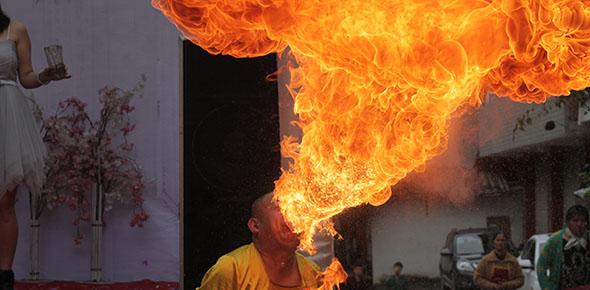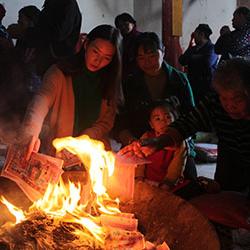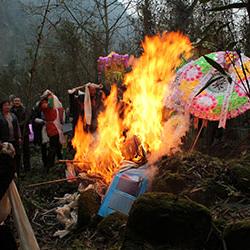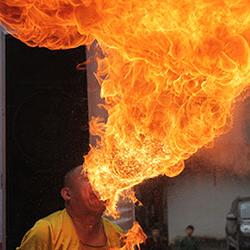
Angel Naydenov - Time and Sociality in China
'My work attempts to grasp a fundamental but strangely overlooked aspect for the creation of a meaningful life: the question of what people do with their time. The only species aware of its own finitude, humans are confronted by questions of what they are supposed to do with their days, weeks, years, and ultimately lifetimes. To begin to uncover the major forces that shape our uses of time, the sequence and moral valuation of activity (or inactivity) in society is to begin to understand fundamental coordinates and influences that shape meaningful existence. To the extent that people depend on each other for their physical and social survival, they shape and partake in each other’s time. In that sense, I understand time as primarily being about socially defined rhythms. I explore issues of time with reference to my 15 months of fieldwork in a mountainous area of rural Sichuan Province, China. My dissertation delineates several major ways visions and practices of intersubjectivity shape time: the presentism of corporeal sociality, the unilinearity of the games of face and comparison, the intermeshing of futurity and remembrance underpinning familial obligations, and the unequal valuations of the time of care and the time of money.
Burning money for Buddha’s blessing
|
Four generations of women are using the conspicuously mundane and material medium of paper money to enter into a relationship with the goddess of mercy, Guanyin. The transcendent, atemporal deity is brought into a relation with the help of a strikingly human token of exchange. |
The spectacular divide between the festive and the mundane
|
The Chinese word most often used to characterize a celebration is renao (热闹), literally “hot and noisy”. The hot and noisy life events in my field-site (here a marriage celebration) were passed with the thunder of firecrackers, the heat of stoves, and the commotion of social interaction. Like the fire in the picture, they each presented a colorful spectacle for a shared moment that was gone in an instant.
|
Burning for the Dead
|
Houses, TV sets, refrigerators, microwave ovens, water dispensers, majiang tables, washing machines, cars, shoes, clothes, watches, phones, smoking pipes – all made of paper – were burned at funerals and other major occasions to serve a family’s deceased ancestors in the afterlife. To be treated “as if” they were alive was the moral sentiment that colored the attitude of descendants to ancestors. It was a view of death from the point of view of life, a partial submission of the atemporal to the logic of the temporal. |






